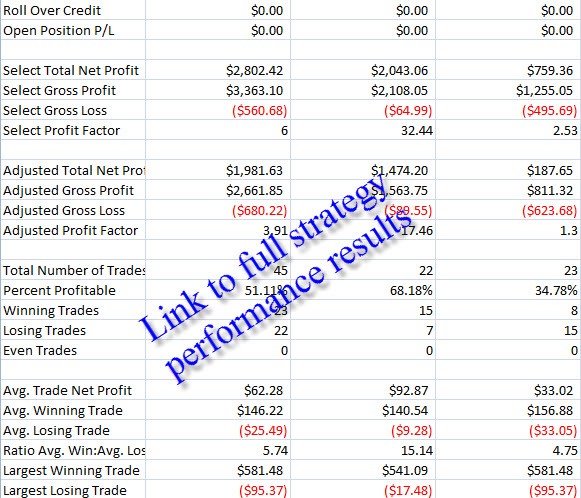Values and Valuation
Values and Valuation website. All Rights Reserved. Protected by copyright laws of the United States. The information provided is solely for informational purposes and does not constitute an offer to buy/sell any securities. All securities investments carry risk, including a risk of loss of principal. Investments may be volatile and can involve the loss of principal. Values and Valuation website is not a registered investment adviser and does not give individualized investor advice. The information resulting from the use of tools or other information on this internet site should not be construed, in any manner whatsoever as a recommendation to buy or sell an investment, nor as the receipt of, or a substitute for, personalized individualized advice and Values and Valuation website takes no responsibility for any investment decisions made as a result of reviewing the information contained herein at valuesandvaluation.com. Past performance is not a guarantee, nor is it always indicative of future results. Entities including but not limited to Values and Valuation website, its members and officers may have a position, long or short, in the securities referred to herein, and/or other related securities, and may increase or decrease such position or take opposing positions. This content of the website ValuesandValuation.com is property of Values and Valuation website. ©2013 Values and Valuation website.
Monetary Momentum Timing Model
Note: As described under the Investment Philosophy page I look to models to describe the relative risk/reward setup of stocks or bonds as an asset class. If the model goes on a sell signal it does not necessarily mean I would exit the market all together. Rather I would adjust trade entry criteria, position sizing, and risk management techniques based upon the increased probability of a volatile and/or declining market.
This model functions as a composite of moving averages combined with monetary filters. The model was back-tested on data going back to 1985. It assumes that the account started with $300 and purchased or sold short the Standard and Poors 500 index on the first signal for one dollar per index point (for example the first purchase occurred on March 1st, 1988 when the index was at 267.21 for a total cost of $267.21). The model returns 934% on initial capital compared to 447.83% on a buy and hold approach. This model functions with a 7% trailing stop.



